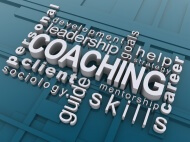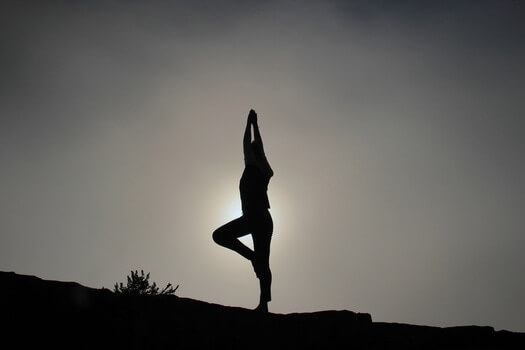It’s been seven years since I grieved – in writing – that our educational system focuses on test taking while completely disregarding the needs of the bodies taking the tests. Unfortunately, not much seems to have changed. Physical education is still an undervalued stepchild. Too many of those in charge of our schools believe that academic skills pave the way to productive lives, and that good things will come if we keep kids at their desks all day and ignore their need for movement and exercise.
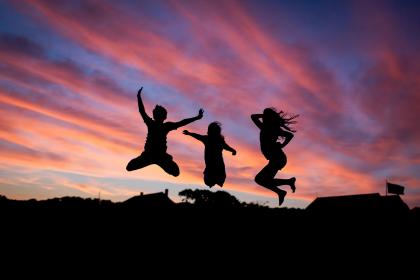
I think that is schizophrenic thinking. Would these same people happily fail to oil the engine of their car? Of course not! Their car would soon stop working properly and the computer chips inside would become useless. We should think of the mind as the computer and the car the body. Neither one can be ignored if we expect everything to continue working just fine. It is so clear to me, yet too many people simply don’t get it.
I know we are all busy enough doing our jobs and have little free time or energy to battle physical education’s detractors, but it’s vital that we generate grassroots support for getting our kids’ hearts working vigorously daily. This simply won’t happen unless students are taught routines that develop good habits. We all see that kids are not going out to play as they once did. Instead, they go home to “talk” on Facebook, or play a computer game or watch a show on TV. If we want our children to move every day, we have to get physical education and physical activity back into the daily school schedule.
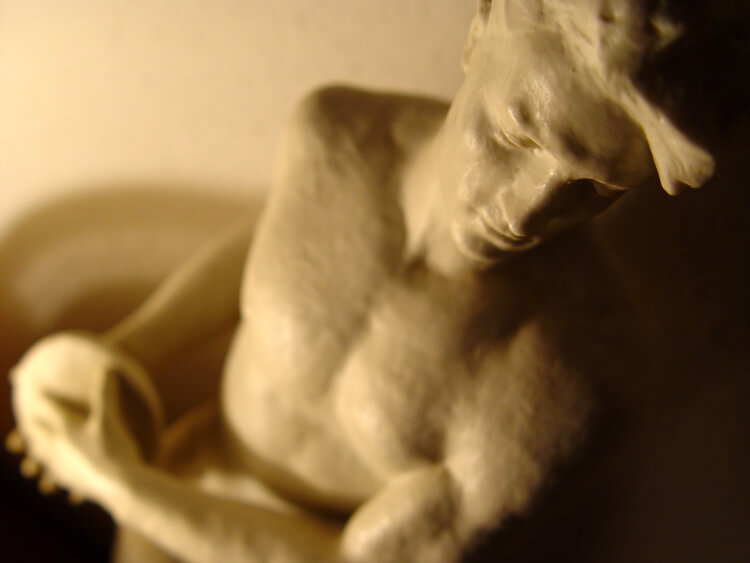
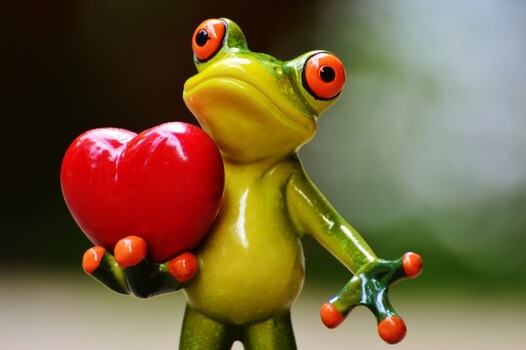
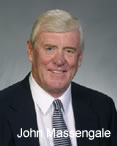 John D. Massengale was born in Pontiac, Michigan in 1939, and grew up in the Detroit area aspiring to be an athlete. After graduating from high school in the late 1950s, John moved to Missouri where played football at Northwest Missouri State University and studied physical education and sociology. This was the beginning of a 50-year academic career that revolved around sport, physical education, coaching, and higher education and which lasted until his retirement in 2008.
John D. Massengale was born in Pontiac, Michigan in 1939, and grew up in the Detroit area aspiring to be an athlete. After graduating from high school in the late 1950s, John moved to Missouri where played football at Northwest Missouri State University and studied physical education and sociology. This was the beginning of a 50-year academic career that revolved around sport, physical education, coaching, and higher education and which lasted until his retirement in 2008.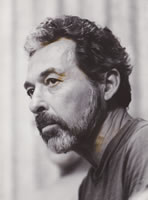 Dr. Kleinman received his Bachelors of Arts and Masters of Arts in physical education from Brooklyn College. He earned his Ph.D. from Ohio State in 1960, followed by a year as a Fulbright Scholar in Finland. From the 1960s to his recent passing he and other faculty moved the College of Education at OSU into a leading center for somatic studies.
Dr. Kleinman received his Bachelors of Arts and Masters of Arts in physical education from Brooklyn College. He earned his Ph.D. from Ohio State in 1960, followed by a year as a Fulbright Scholar in Finland. From the 1960s to his recent passing he and other faculty moved the College of Education at OSU into a leading center for somatic studies.